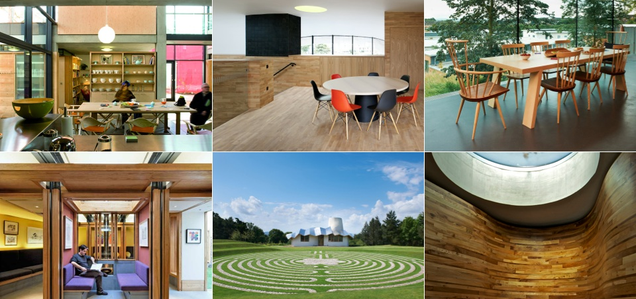 Expand
ExpandWe know that buildings can make us sick, and that they can also make us healthier. But can architecture make a difference in how we experience illness? What about cancer? That's a more complicated question.
At an exhibition at the New York School of Interior Design this month, we get a glimpse of an usual set of cancer care facilities called Maggie's Centres. These buildings happen to be designed by the most famous architects in the world, who normally limit their clients to major cultural institutions and wealthy individuals, not charities. For example, one of the most recent centers to open, in Aberdeen, was designed by the Norwegian architects Snøhetta and looks more like a home than a hospital:
 Expand
Expand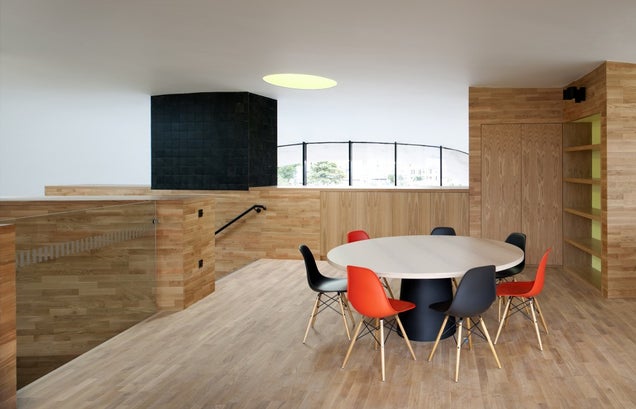 Expand
Expand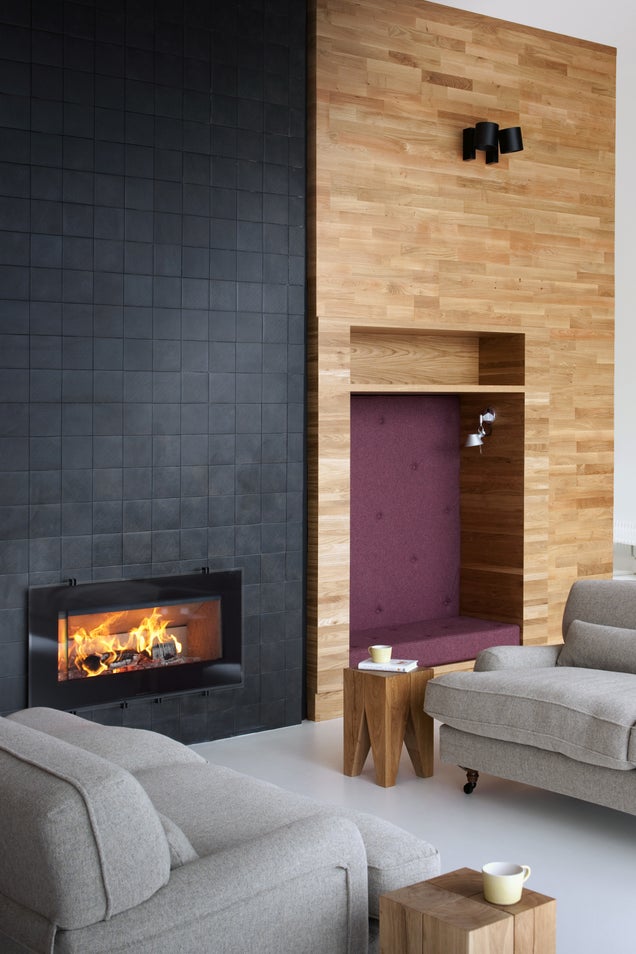 Expand
ExpandImages: Philip Vile.
How did these buildings come to be? In 1995, the famous architectural historian Charles Jencks' wife passed away after a struggle with breast cancer. Before she died, Maggie Keswick Jencks spent more than a year developing an idea for a network of care centers that would give patients access to stress-reducing activities, support groups, information and more. These wouldn't be hospitals, exactly, but more like home bases, points of contact and support for patients outside of wards.
The year after she died, the first Maggie's Centre opened in Edinburgh. And nearly 20 years later, there are dozens, each designed by a different notable architect, many of whom were longtime friends of the Jencks, like Pritzker Prize winner Richard Rogers, who designed a Maggie's Centre in London:
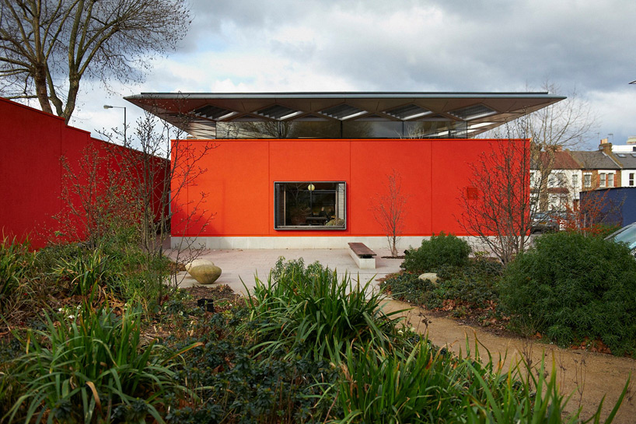 Expand
Expand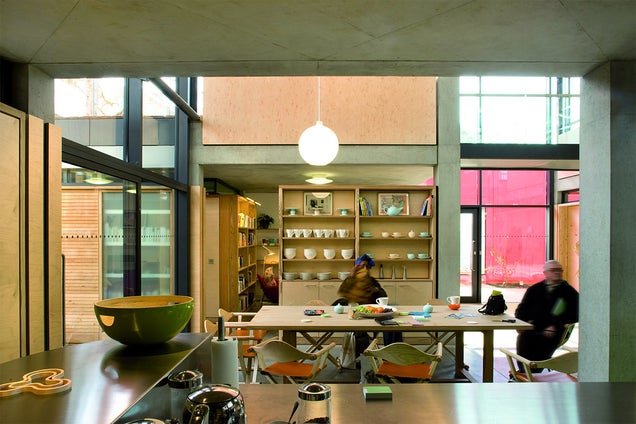 Expand
Expand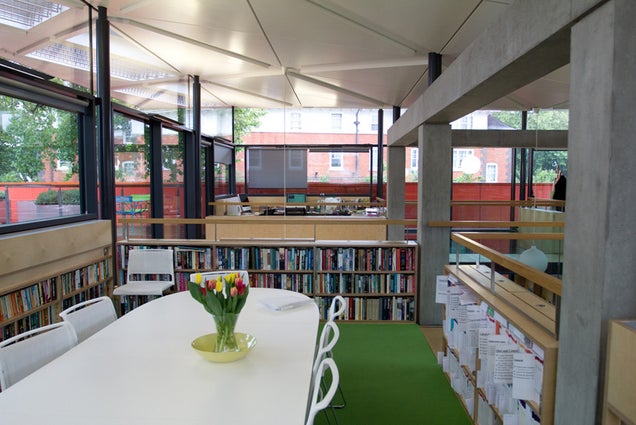 Expand
ExpandPhotos: Nick Turner.
So how do these buildings purport to improve cancer care? It's nothing complex: All of the centers are filled with light, windows, and welcoming, intimate spaces for meetings and events. According to their architects, the idea is simply to bring a bit of dignity to the struggle of being a patient, to break up the succession of sterile white-walled corridors and fluorescent lights with a space that looks more like a home.
Rem Koolhaas and OMA designed a Maggie's Centre in Glasgow in 2011—the low-lying building is a ring of small, wood and glass-lined spaces that open out into a big garden:
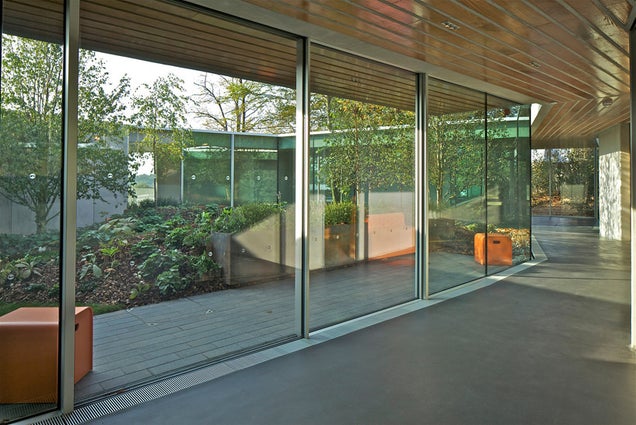 Expand
Expand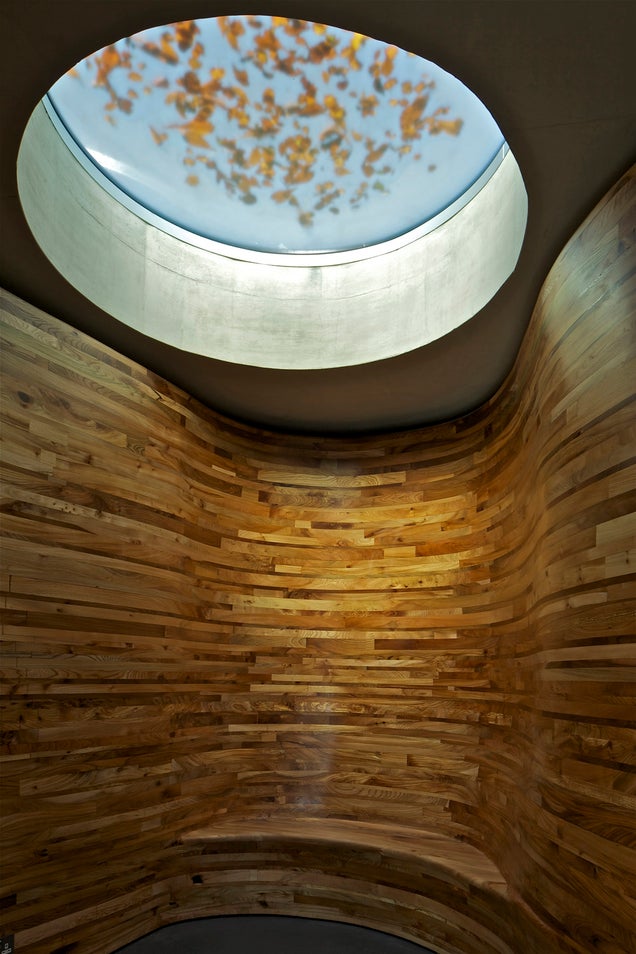 Expand
Expand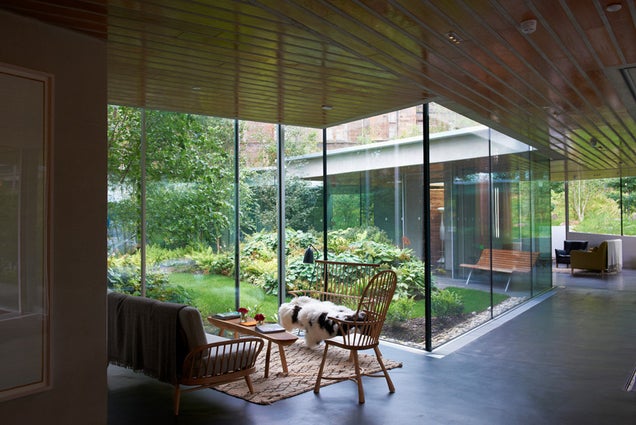 Expand
Expand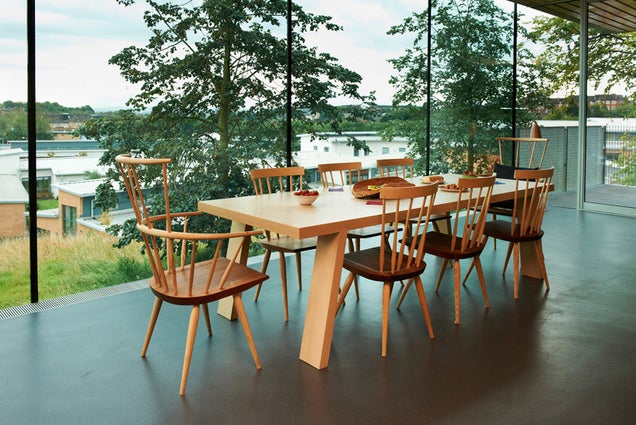 Expand
ExpandPhotos: Nick Turner.
Maggie's Centre Cheltenham, which was designed by MJP Architects, sits five minutes away from the actual hospital but looks more like a lodge, with meeting rooms, fireplaces, a kitchen, a reading nook, and more:
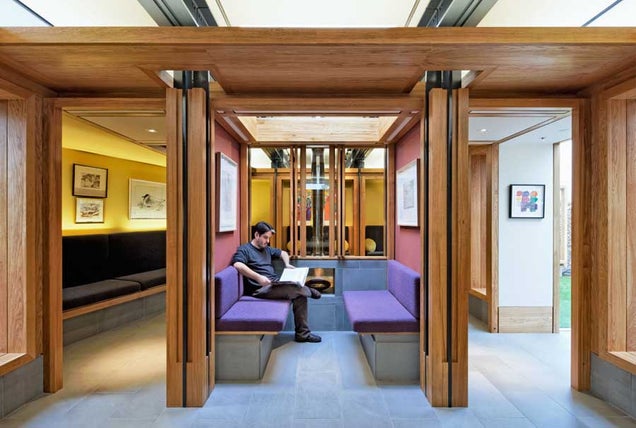 Expand
Expand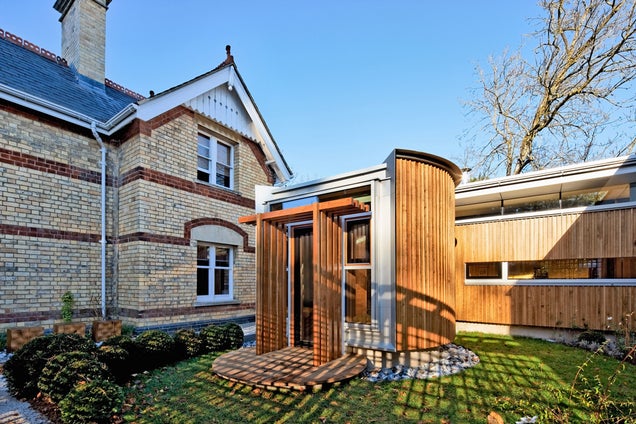 Expand
ExpandAt the same time, Maggie's Centre isn't without its critics. After all, think of the controversy that homeopathic treatments and other unconventional approaches to cancer care stir up. For example, when Frank Gehry opened a center in Dundee in 2003, some wondered whether it was over the top.
 Expand
Expand"As the idea has taken off, so Jencks has come under fire from both the scientific community, who question the validity of his claims (or media distortions of them)," wondered the Guardian in 2010, "and the design community, who wonder if Maggie's Centres aren't injecting more architecture into small healthcare facilities than they strictly need."
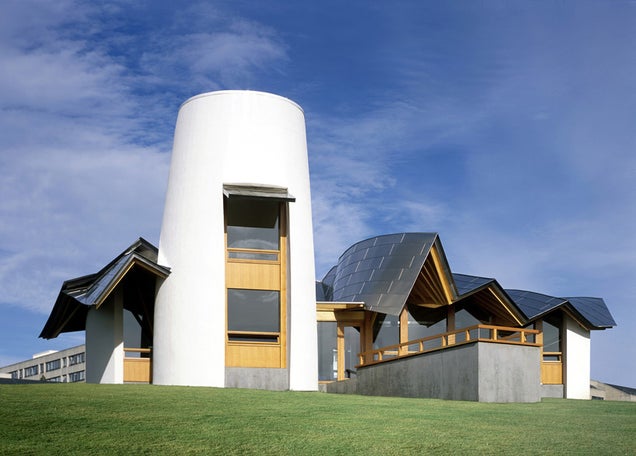
No comments:
Post a Comment